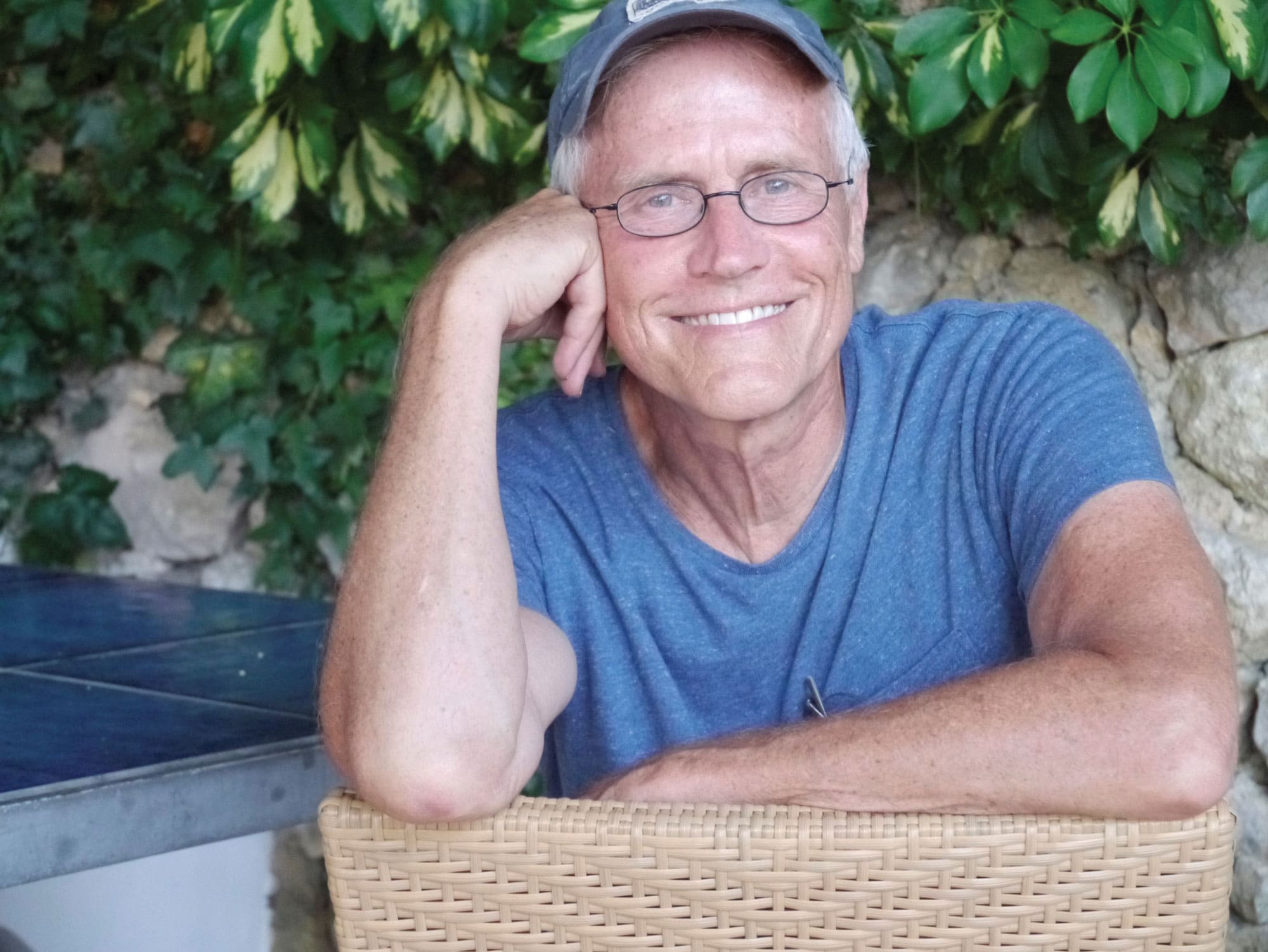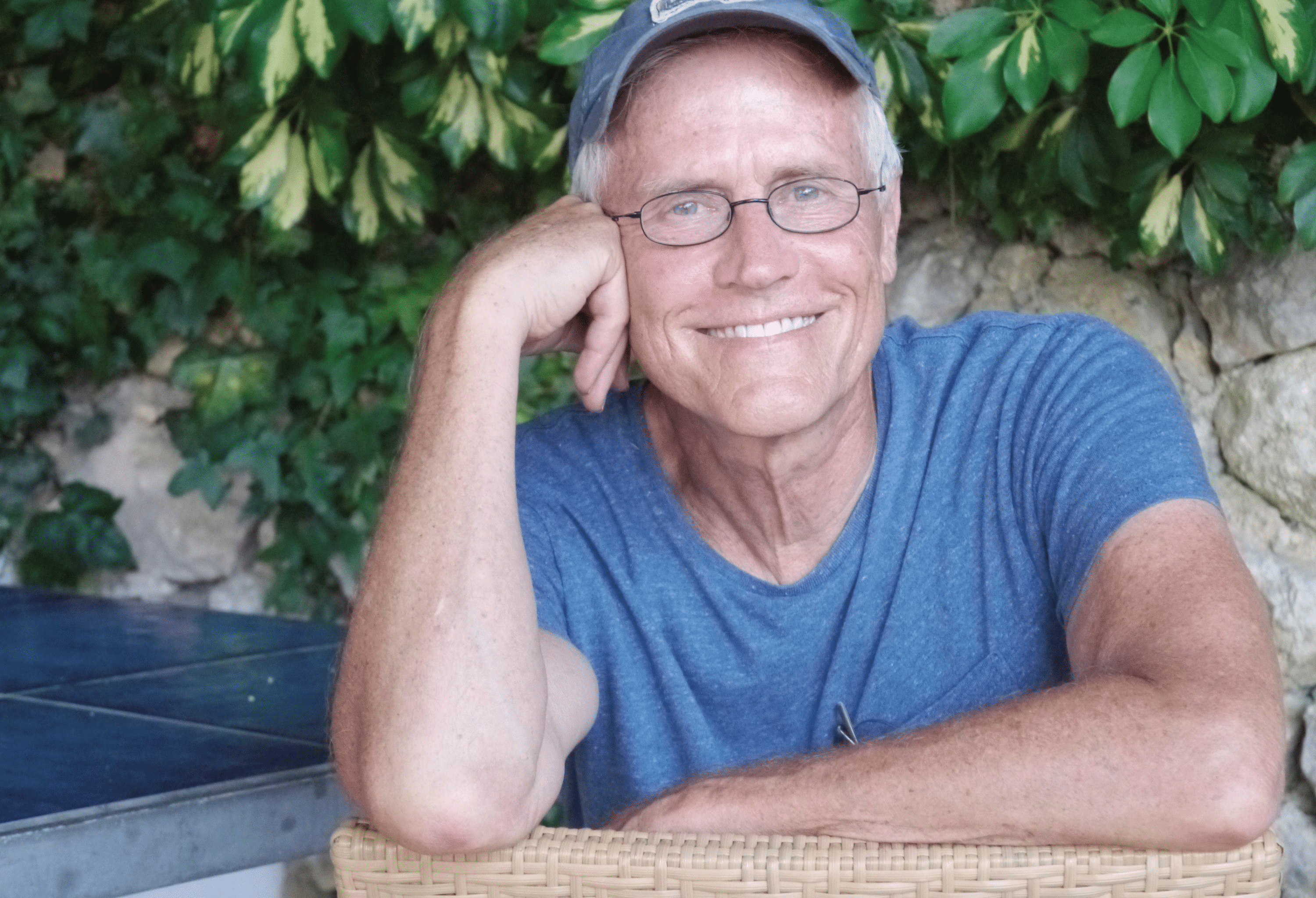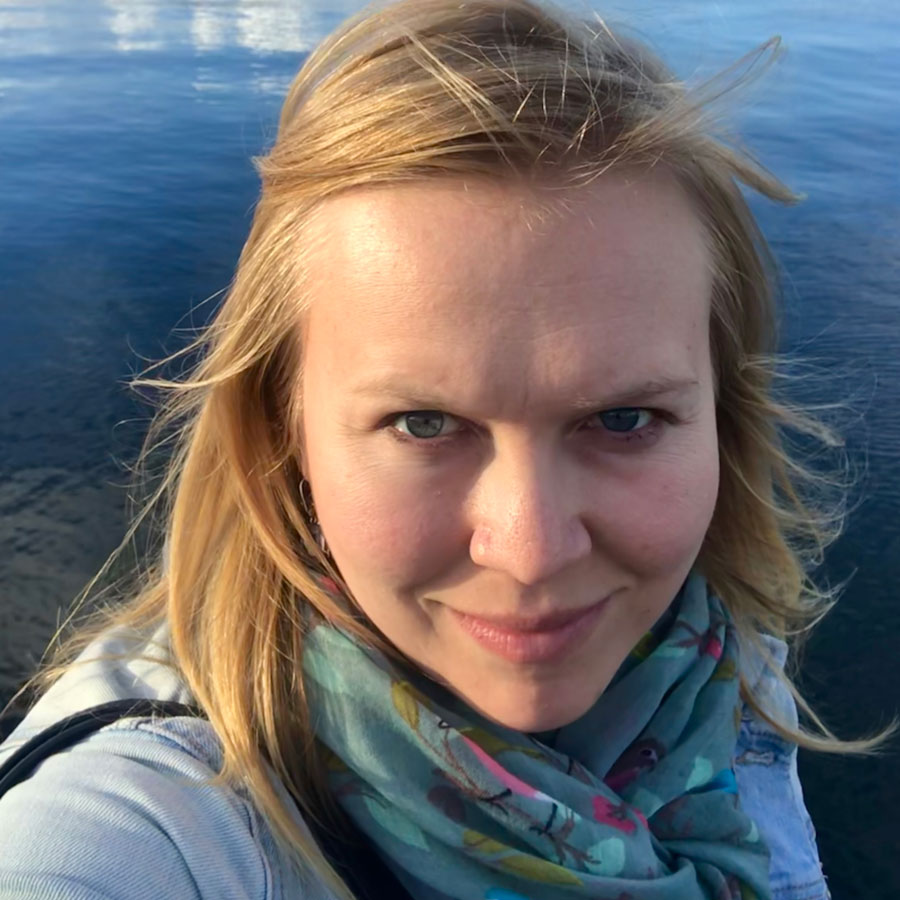
[Photo: Courtesy of Paul Hawken]
“Climate change is a gift, not a curse.”
Our globe is warming—that’s an indisputable fact. What’s not so obvious is this: What do we do about it? Researchers across the world are at work on solutions. But which solutions work? How do they all fit together? And can they make a big enough impact, in time?
These are some of the questions addressed by the Project Drawdown team, a coalition of more than 200 scientists, economists, analysts, activists, and experts who have rigorously studied the efforts already under way to address global warming. The recently published Drawdown is the culmination of that effort. The book describes and measures the potential impact of 100 solutions that could reverse the buildup of atmospheric carbon—i.e., reverse global warming—within three decades.
Environmental author and activist Paul Hawken is at the helm of this ambitious project. He spoke with gb&d about how to mobilize people, why words matter—and why climate change is a gift.
gb&d: Drawdown argues that “the only goal that makes sense for humanity is to reverse global warming.” How did the research lead you to this conclusion?
Hawken: It is the other way around: The conclusion led me to the research. I would not say reversal is something we at Project Drawdown argue for. The need to do so is evident for the past three decades in every shred of science about the soaring levels of atmospheric carbon dioxide. Current and predicted future levels of greenhouse gases cannot sustain a world of 7-10 billion people. In the 2 million-year history of our genus Homo, we have never existed at levels above 300 ppm until 1940. The previous time levels of carbon dioxide reached 285 ppm was 125,000 years ago in the Eemian Period and hippopotami and crocodiles were lounging in the Thames River Delta, a wetland that extended far across the eastern plains of Kent and Essex. Counting 40 other types of greenhouse gases, including methane, hydroflourocarbons, nitrous oxide, the carbon dioxide equivalent levels in the atmosphere exceed 480 pm at this writing.
gb&d: Drawdown is presented as the most comprehensive plan ever proposed to reverse global warming. Why didn’t anyone create this type of roadmap until now?
Hawken: I ask myself that question at least once a day. It does not make sense, especially in a world where there are lists and rankings for virtually everything. We know the 100 richest people in the world, in detail, but we had not identified and modeled the 100 most substantive solutions to reversing global warming and saving civilization. Not sure what that says.
gb&d: From its language to the focus on evidence-driven results, the book takes a positive approach, free of much of the gloom and doom you find in other works about global warming. Why did you take this approach?
Hawken: The “doom” part, the impending threat heralded by the rate of climate change, is impeccable science, no question about that. In my estimation, the Intergovernmental Panel on Climate Change (IPCC), is humanity’s greatest collective scientific achievement. However, communication that emphasizes disaster and doom, and how impacts are getting worse faster, does not mobilize people. It makes people numb. IPCC science is a brilliant problem statement. Got it. So let’s focus on solving the problem, especially given the long odds, rather than restating the problem over and over.
gb&d: Why is it important to present climate solutions in language that’s jargon-free and accessible to the broadest possible audience?
Hawken: I think your question is a precise statement. It is important to present climate solutions in jargon-free and accessible language so that it can reach the broadest possible audience.
gb&d: What is the most important takeaway you want readers to gain from Drawdown?
Hawken: That we should move from reduction to reversal in our thinking; that reversal is possible; that climate change is a gift, not a curse; that it is feedback from the planet and any system that ignores feedback perishes; that it is an invitation and opening to create a far better world than the one we live in now. That is five takeaways, all interconnected.

Drawdown looks at what could be done to reverse global warming.
[Photo: Courtesy of Paul Hawken]
gb&d: The book says distributed energy storage may be the “transformation that transforms the energy industry.” Can you elaborate on why storage developments are so essential to reversing global warming?
Hawken: Both wind and solar energy are variable. Storage allows energy to be captured when available and utilized when needed. It replaces the need for baseload power—electrical generation currently being supplied by coal, gas, and nuclear. It would obviate the need for electric grids in many regions and countries and bring energy to more people faster.
gb&d: Given that buildings account for more than 40% of total U.S. energy consumption, they clearly play an essential role in reversing global warming. What is the most important thing for building professionals to do to reduce their impact?
Hawken: The most important objective would be to drop the word reduce. Reducing, mitigation, and slowing have been the bywords for the climate movement for decades. LEED standards were a big breakthrough when they were first developed and applied. Today, given what we know, reducing reliance on carbon-based energy is a non-starter when it comes to climate change. It is basically Thelma and Louise in slow motion. Buildings should be net-zero energy, water, and waste at the very least. Given the work of architects Jason McLennan and Stefano Boeri, and biologist Janine Benyus, we are moving toward buildings that are like a forest, biodiverse cities that are rivers of green, human habitation that is just as, if not more productive, than the ecosystem services provided by the native landscape we build on. I met an architect from a local firm at the Boston Society of Architects meeting last year who said his firm would only accept commissions for net-zero or net-positive buildings. When asked why, he said it would hurt their reputation if they did other types of buildings with lower standards. Architecture is changing fast.
gb&d: Drawdown observes that food production is the leading cause of global warming. What can consumers do to learn about the effects of the food system on climate and work to reduce that impact?
Hawken: There are many ways to stack the solutions and sectors and come up with the top causes and solutions, but we sort of eschew that. All solutions are critical as they are all part of a system. We ranked the carbon impact of the solutions because our goal was to measure them precisely. Food and food-related agriculture did top the electrical energy generation sector. The reason it took us nearly three years to measure and model the solutions is because they are intimately related and connected, and the system dynamics are fascinating. Two of the top five solutions are Reducing Food Waste and a Plant-Rich Diet. We did not see that coming. However, our job was to do the math, not predict.
gb&d: The book notes that women and girls are disproportionately vulnerable to the impacts of global warming—and pivotal to reversing it. How do the solutions in Drawdown transform the lives of women and girls?
Hawken: Every solution impacts both genders. The solution that impacts girls the most is education, supporting their ability to stay in school and get a high school degree or better. The world long had a bias that it is more beneficial to educate boys rather than girls. Why this was believed is another one of those questions that anthropologists may shed light on, but nothing could be more mistaken. Educated girls become women on their terms, they earn more, have fewer children, and are able to put more resources into their children. Girls forced into early marriage by their family, culture, or religion grow into womanhood on terms forced upon them and do not have access to family planning. They have on average five-plus children, are more likely to be impoverished, and face greater health problems for themselves and their offspring. Women with an education that goes beyond 10th or 11th grade have an average of two children. They are problem solvers in the world, a precious resource that could mean the difference between 10.8 billion people on the planet in 2050—or 9.7 billion—according to the U.N. We are told climate change is a technological problem, and to be sure we need new technologies, but at its heart, reversing global warming is a cultural problem. We can drown the world in more scientific facts, but it will make little difference. We tried that, and look where we are in the U.S. Empowering girls and women is without question one of the most significant solutions the world can embrace.


